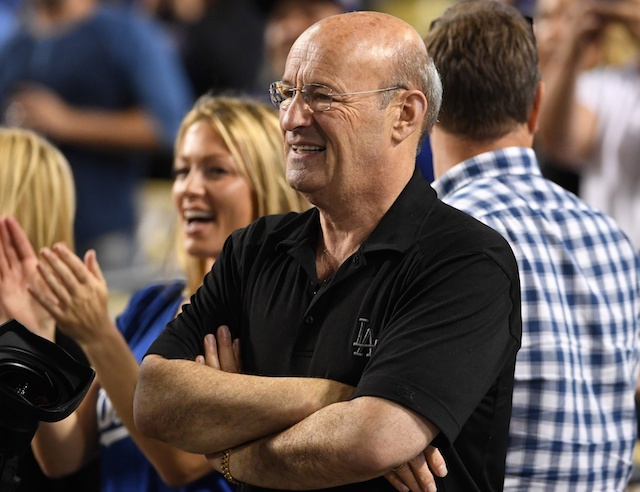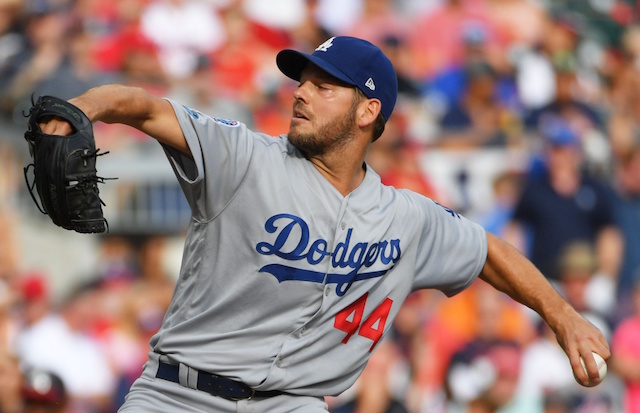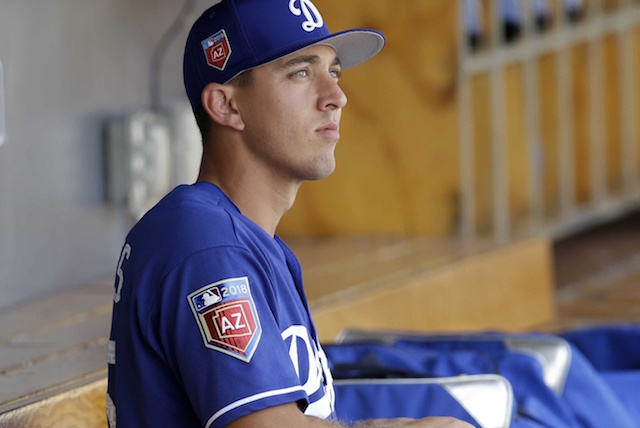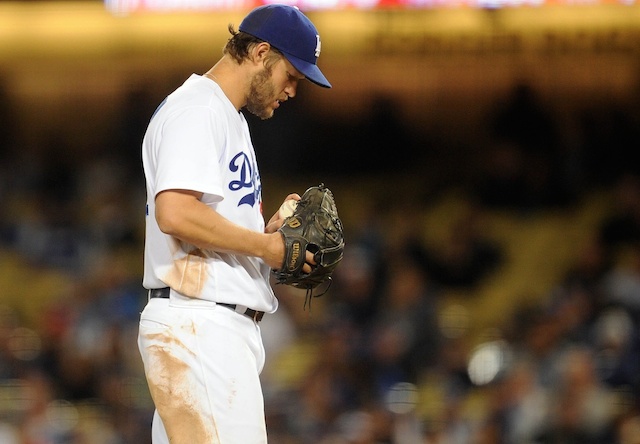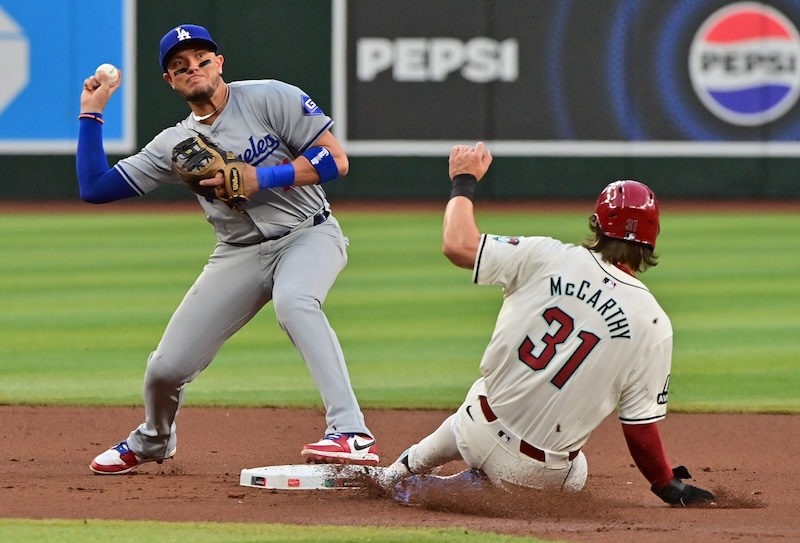While the Los Angeles Dodgers have made a conscious effort in recent seasons to lower their MLB-leading payroll, the newly agreed upon collective bargaining agreement provides further incentive to get below the competitive balance (luxury tax) threshold.
In 2014 the Dodgers took over the New York Yankees for the highest payroll in baseball. They’ve held that title since, surpassed the luxury tax threshold in each of the past four seasons, and face a 50 percent tax penalty for doing so in 2016.
Last year the Dodgers were hit with a record $43.7 million tax bill, or a 40 percent tax on their 2015 payroll that was just shy of $300 million.
While the new CBA brings forth similar and more excessive penalties for big-spending clubs, Dodgers president and CEO Stan Kasten is confident the organization will manage just fine in the new economic climate, per Bill Blunkett of the O.C. Register:
“Whatever the rules are, I am confident we are well-prepared to find the best way to succeed under them and put ourselves in as good a position as ever to compete for our ultimate goal of winning a championship.”
The luxury tax threshold for 2017 is set at $195 million, and will increase to $197 million in 2018, and $206 million, $208 million and $210 million over the remaining three years of the CBA.
The Dodgers have more than $150 million committed to players for next season, not including those who remain eligible for salary arbitration or key free agents Rich Hill, Kenley Jansen and Justin Turner.
While the Guggenheim Baseball Management group made an immediate splash after purchasing the Dodgers by adding more than $250 million in salary in a record trade with the Boston Red Sox, Kasten has long maintained the lavish spending was not the long-term plan.
The Dodgers have made a concerted effort to rebuilding a once-proud farm system, and are already reaping the benefits, with more prospects expected to contribute in the near future.



